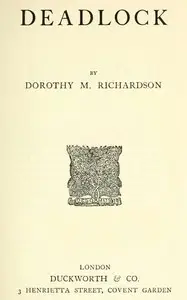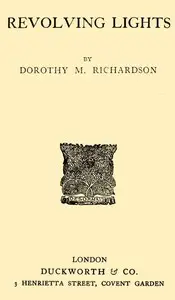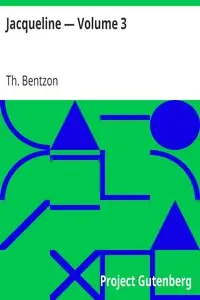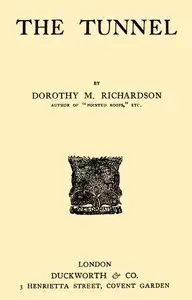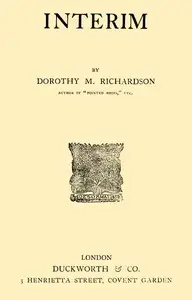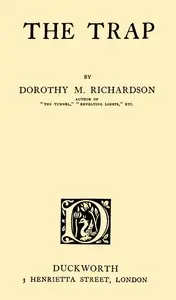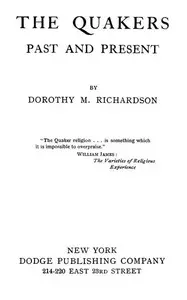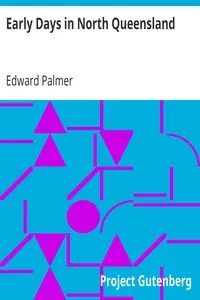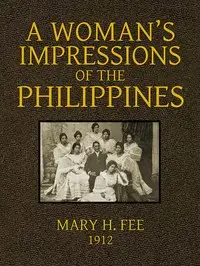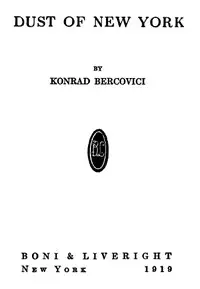"Honeycomb: Pilgrimage, Volume 3" by Dorothy M. Richardson is a story that explores a young woman's journey as she enters a world of wealth and privilege as a governess. Miriam Henderson, the protagonist, is at a crossroads after her journey, leaving behind her old life to embrace a position in a more privileged environment. The book highlights her internal struggles with identity and self-discovery. Set against the backdrop of a new spring season, which symbolizes fresh starts, the narrative contrasts Miriam's past hardships with the comforts of her present, showing her grappling with both excitement and anxiety. As she navigates her new environment and reflects on her memories, readers gain insights into her character and future aspirations.
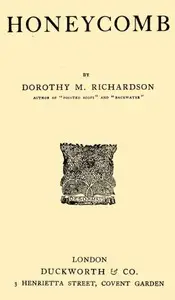
Honeycomb: Pilgrimage, Volume 3
By Dorothy M. (Dorothy Miller) Richardson
A young woman steps into a world of privilege as a governess, grappling with her identity and past as she explores her new surroundings filled with both hope and uncertainty.
Summary
About the AuthorDorothy Miller Richardson was a British author and journalist. Author of Pilgrimage, a sequence of 13 semi-autobiographical novels published between 1915 and 1967—though Richardson saw them as chapters of one work—she was one of the earliest modernist novelists to use stream of consciousness as a narrative technique. Richardson also emphasises in Pilgrimage the importance and distinct nature of female experiences. The title Pilgrimage alludes not only to "the journey of the artist ... to self-realisation but, more practically, to the discovery of a unique creative form and expression".
Dorothy Miller Richardson was a British author and journalist. Author of Pilgrimage, a sequence of 13 semi-autobiographical novels published between 1915 and 1967—though Richardson saw them as chapters of one work—she was one of the earliest modernist novelists to use stream of consciousness as a narrative technique. Richardson also emphasises in Pilgrimage the importance and distinct nature of female experiences. The title Pilgrimage alludes not only to "the journey of the artist ... to self-realisation but, more practically, to the discovery of a unique creative form and expression".

